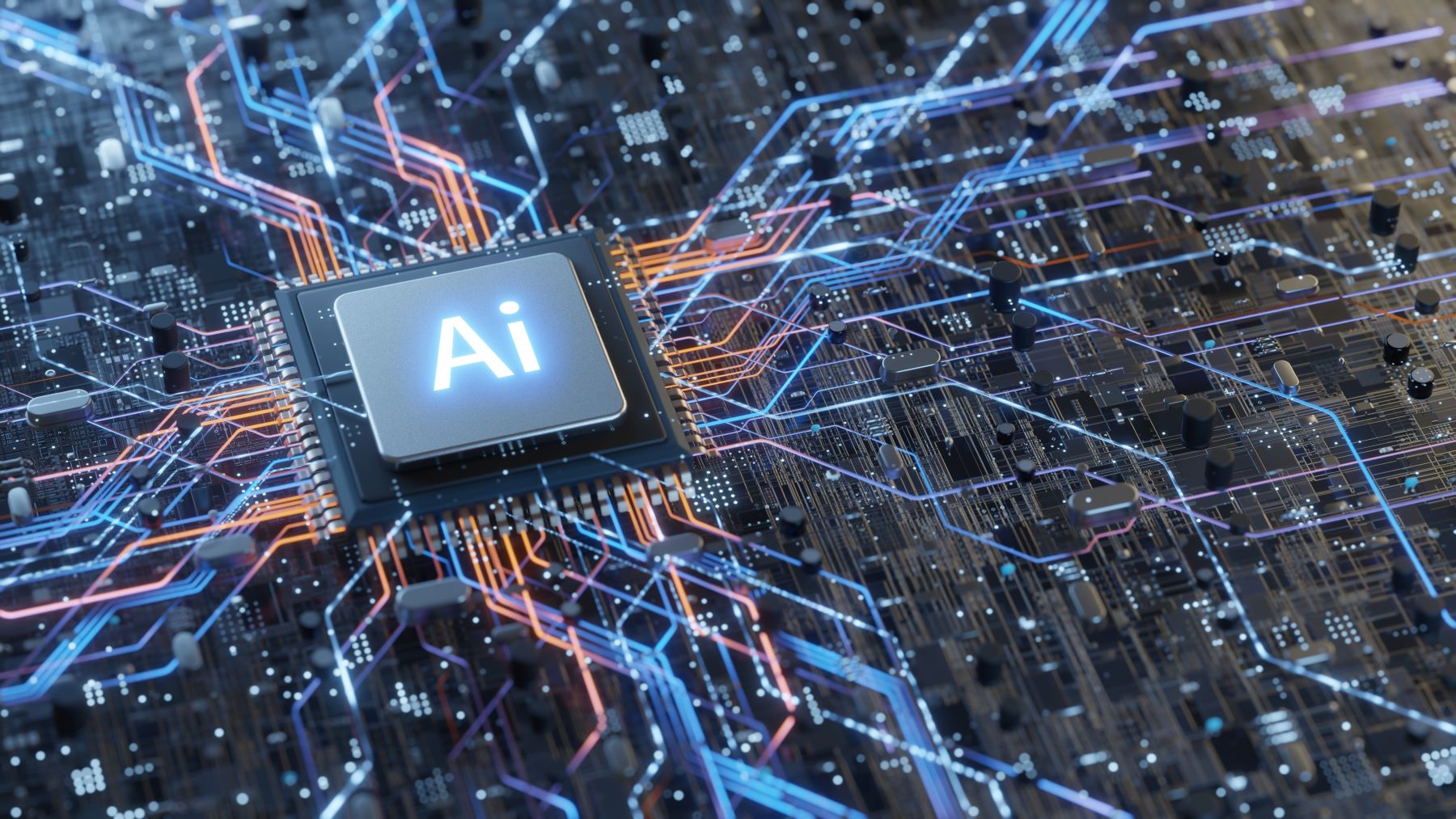
GPUs (graphics processing units) are the backbone of AI processing, playing an increasingly important role in data centers. As they provide cutting-edge performance for AI training and inference, GPUs are whetting companies’ appetites and driving them to invest in new storage and computing capacities. In this respect, Microsoft’s record investment (€ 4 billion) to develop its next-generation cloud and AI infrastructure in France will provide the country with a capacity of up to 25,000 latest-generation GPUs by the end of 2025.
But what is a GPU? How does it differ from a CPU? And what are its practical applications? Let’s dive in.
What is a GPU?
A GPU is a processor widely used in data centers for intensive computing applications, such as modelling and simulation in fields such as video special effects, scientific research, engineering, finance, and meteorology. Their parallel architecture helps significantly accelerate such calculations compared with traditional CPUs (central processing units).
What is a CPU?
A CPU (central processing unit) is a core component of a computer. For a computer, it is the closest thing to a human brain. Also known as the processor, the CPU is one of the most important parts of a computer. It enables exchanges between all the different components of a computer. A processor retrieves information stored in RAM or on a hard drive, processes that information, and then displays the results on the screen. As you can see, without the CPU, the computer cannot “think” and therefore cannot function. Faced with the demand for ever greater speed, CPUs have evolved a lot since their invention, and today we have processors capable of carrying out numerous tasks at the same time, with almost instantaneous results.
GPU: what are the applications?
- Artificial intelligence and machine learning: Data centers use GPUs to accelerate AI and machine learning (ML) tasks, including deep neural network training and inference. GPUs are particularly good at performing calculations on large data sets, making them a popular choice for deep learning applications.
- GPU virtualisation: GPU virtualisation enables GPU resources to be shared efficiently between several virtual machines, which is useful in cloud computing environments where several users may need to access GPU computing capacity, whether simultaneously or in isolation.
- Video and graphics processing: GPUs are used to accelerate video and graphics processing in data centers, for example, for real-time rendering of multimedia content, high-resolution video streaming, and virtual and augmented reality applications.
- Scientific computing and simulation: GPUs are also used for scientific computing and simulation applications, such as climate modelling, particle physics research, bioinformatics, drug design, and clinical trials.
GPUs thus play a crucial role in data centers, enabling high computing performance, accelerating AI and ML tasks, and facilitating video and graphics processing, in addition to scientific computing and simulation applications. As part of the development of our “AI-ready” campuses, we support our customers with the deployment of GPUs.

